5 GREAT REASONS TO MAKE A TEST BLOCK
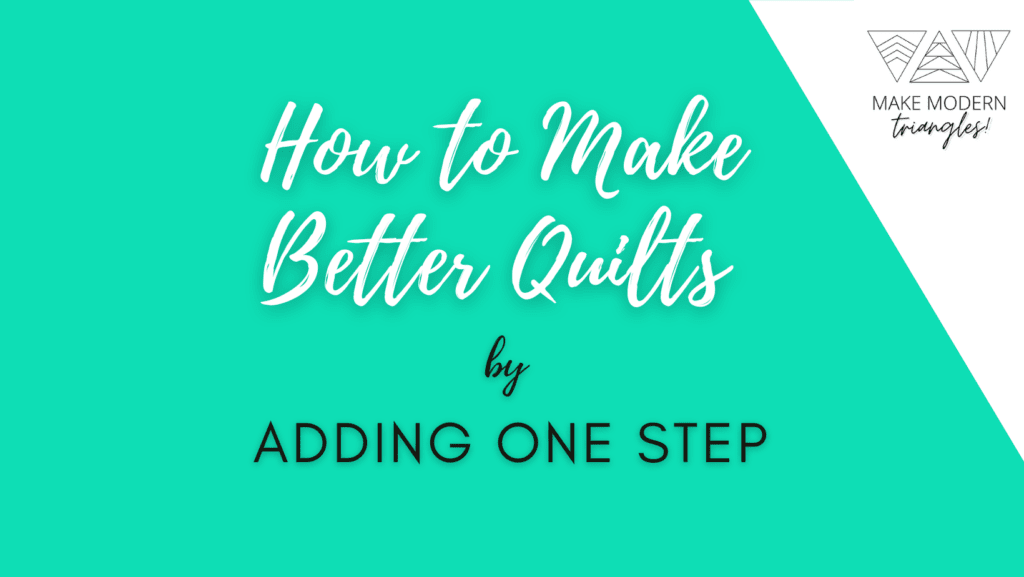
How to make better quilts? By adding one step to your quilting process, your quilts will always turn out better.
Make a test block.
I’m a firm believer in test blocks. Especially after wasting 10 yards of fabric and 40 hours of time making the wrong version of my Icarus Star Quilt from my book, Modern Rainbow Quilts.
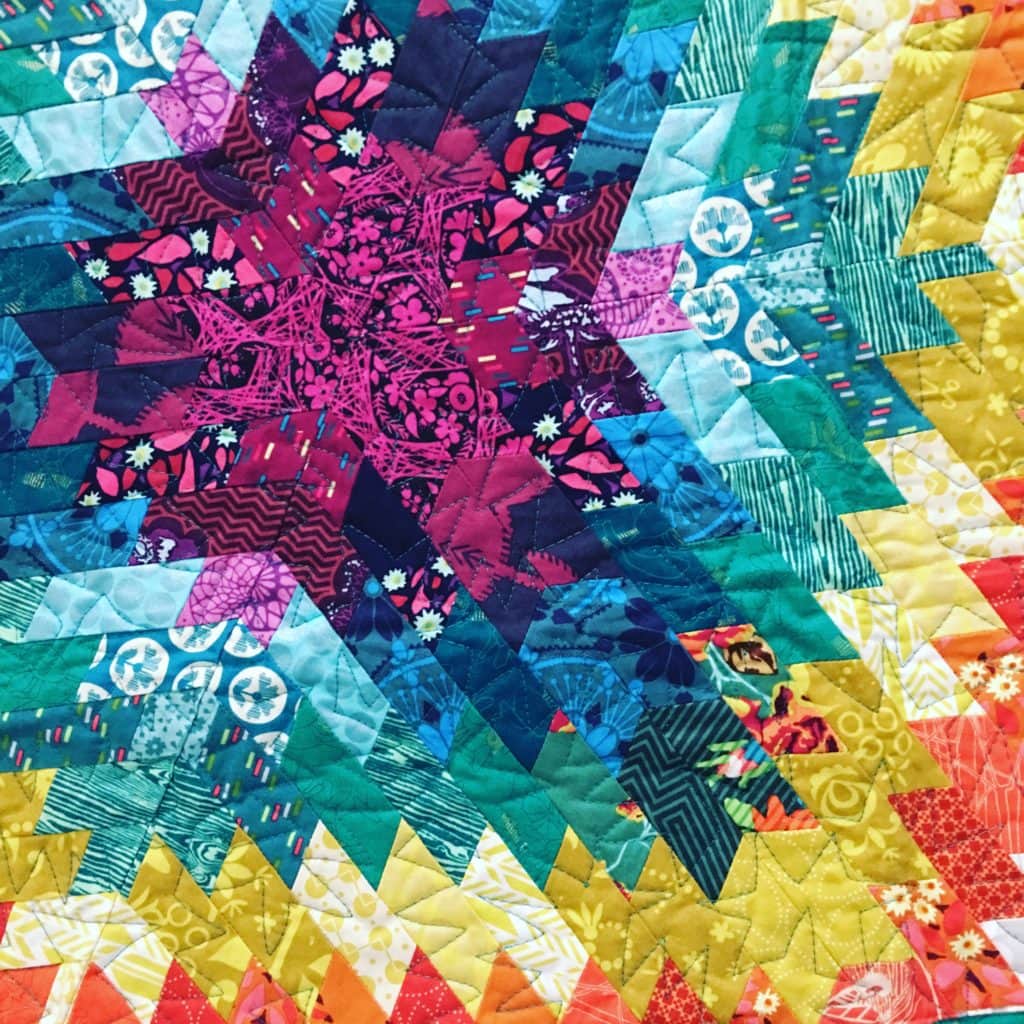
Every quilter wants to know how to make better quilts. The secret is troubleshooting now, before there’s trouble later.
Block troubles discovered later are stressful, gobble up time and waste fabric.
Here’s the rub though. I’m always itching to get started. SO EXCITED! A new quilt!
When I’ve gotten caught up in the frenzy of starting, I became blind to possible problems. Quilty denial moves into the sewing room while we cut the fabric. All of it.
Such a cool design, whispers Denial. Seriously, what could go wrong?
Well, everything.
Plus the domino effect. Multiplied by the number of blocks. Eeeek!
Yikes!
I carry my hard earned test block lesson into all my projects now, including the Hexy Plus pattern.

How to Make better quilts, Guaranteed.
I’m not throwing a wet blanket on enthusiasm – more like a big thumbs up for adding one step to guarantee a better quilt. If you want to know how to make better quilts (Amen, yes, please!) make test blocks. They will teach us everything we need to know!
While it can feel like a hassle, less haste equals less waste.
Here are 5 great reasons to make better quilts by adding one important step:
- Test before committing. Test blocks are the best way to try out a pattern without committing to an entire quilt. When I’m using someone else’s pattern, understanding the directions is key. When I’ve designed the pattern, I’ve found out (many times) it’s absolutely crucial to make a test block. And I don’t want to mess with your quilt with my pattern! Gulp.
- Getting outta my head: I audition fabrics to see what’s a match versus what looked good in my head (everything looks amazing in my head). This is more than a fabric pull – I cut the pieces and sew them together. Nothing beats seeing the actual fabrics playing together, or not.
- Sew it like you mean it: Do exactly the same things you’ll do when you quilt a “real” block – starch, press, sewing accurate seam allowances, matching seams and trimming. If I rush through a test block, I shouldn’t bother in the first place. Same = same.
- Scouting out challenges: When I’ve made a block from start to finish, I’ve experienced the trouble spots in the real world, not the digital, paper or imagination worlds.
- Do it this-a-way or that-a-way: There’s usually more than one way to piece a block – choose the best way by constructing blocks based on the designer’s directions and your experience.
Does this work?
Every single time.
HEXY PLUS: real-world test Blocks
I’ll show you what happened with Hexy Plus quilt below. I owe my test blocks everything!
The test blocks pictured here are from my Hexy Plus quilt pattern.
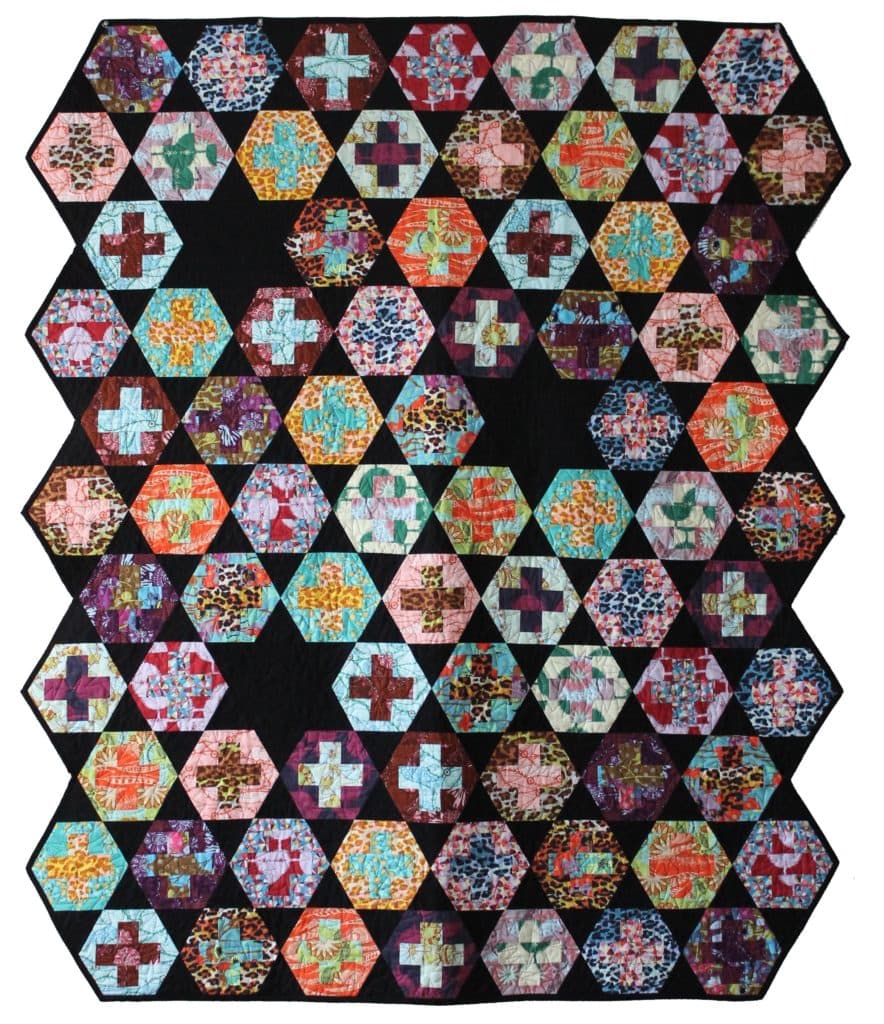
I made the solid ones first, then feeling confident, I excitedly made some “real” blocks from some Anna Maria Horner fabric and Denyse Schmidt fabric.
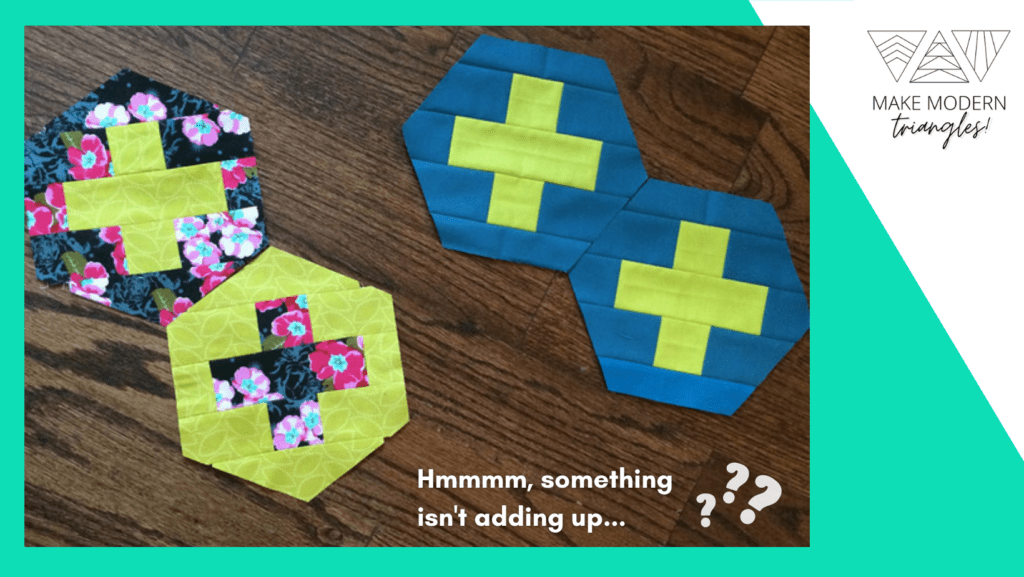
My “real” blocks quickly became a second round of test blocks. Can you see my error yet? This is a classic example of why I make test blocks!
So, yes, the error was how I lined up my cutting template with my block. I lined up the plus sign the wrong way and ended up with a slightly tilted plus sign. Whoops.
Here’s the correct version…
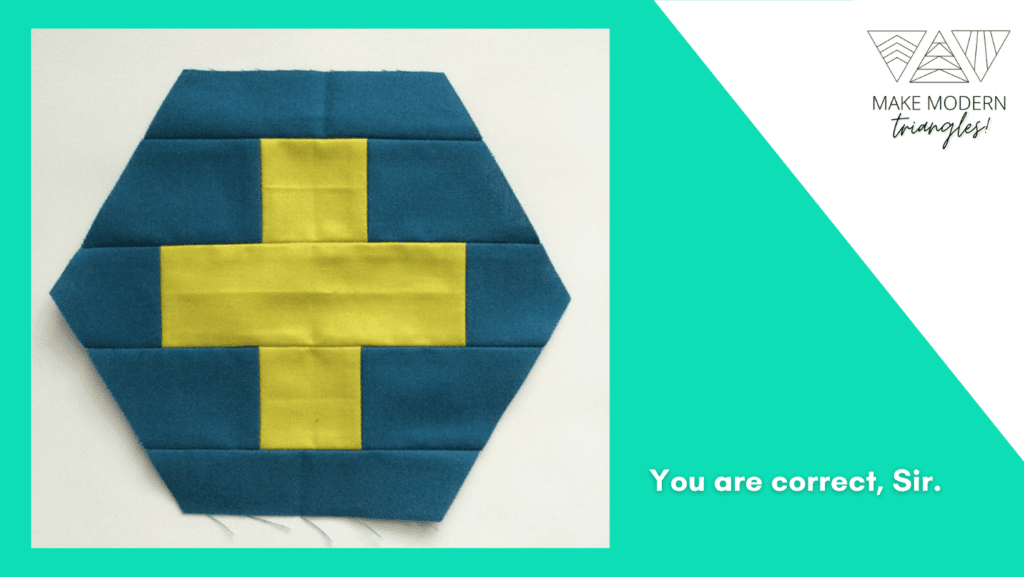
And here’s the incorrect version…
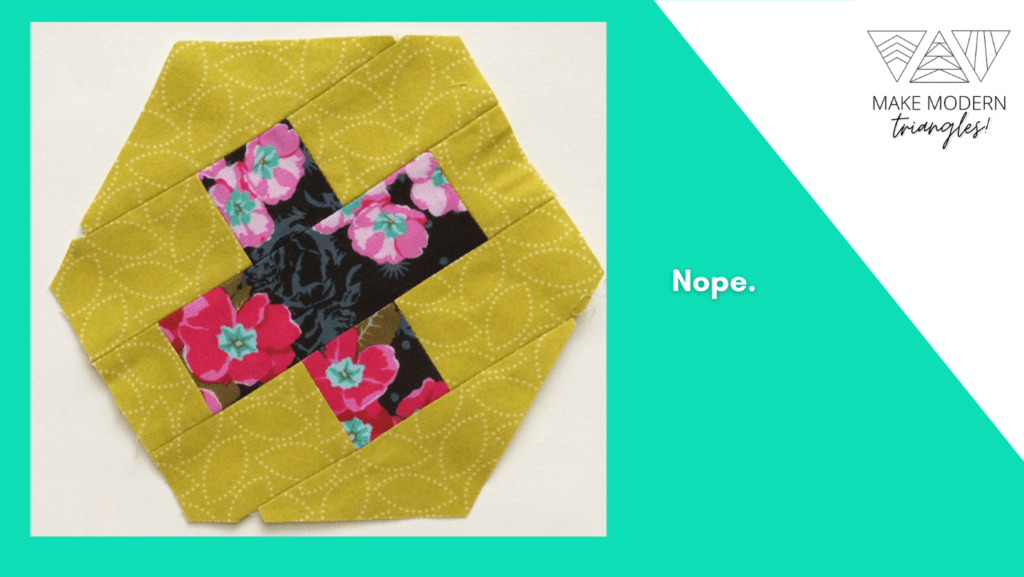
Test blocks reveal important cutting and construction details.
And all that time while I was making my “real” blocks, I wondered why I was missing a bit of fabric! Mistakes are such great teaching tools.
Or should I call them re-takes, not mistakes?!
Could adding test blocks make better quilts for you?
Let me know in the comments below. We’re so much better together so tell me what works for you when you make test blocks.

As a newbie i never realized the importance of a test block, never heard of one, however after reading your blog, I get it. Thank you sew much for putting this to words and putting it out there. I would have thought it just a waste of fabric but i understand the concept of it and its really not a waste. So thank you once again.
Linda, I’m really glad this was helpful to you. Sewing enjoyment is so important!
Love the story! Been there, done that too, sigh. Thanks for the tips and sharing. I am guilty of jumping rashly into a new project. I promise to slow roll it and test test test!
New projects are so alluring! I’ll hold you to that promise to test, test, test! LOL
I’m confused. I look at what you call the ‘incorrect version’ and I see that if you rotate it one side, the “+” is correct. Just the fabrics going vertical instead of horizontal. Don’t see why that would be an issue? The plus sign would still be going the correct way.
Hi Paul, it’s a little tricky to see. If you rotate the block, yes, it matches the correct version but only the plus sign. The seams would be vertical instead of horizontal like the rest of the blocks.
Cound not agree more! Well said! Thanks!
Yay for test blocks! Yes, so worth the effort!
Interesting how the universe often lines up to give one a message. My sister gave me a French General kit. I called to say I had it all cut out and was ready to see. Aargh! she said. You didn’t make a test block? Why would I do that; I followed directions? Well, all came out fine, but I get it now. I’ll cut and sew a test block on any new project.
WOW, that was a laser-focused answer from the universe! Love that your sister validated the advice – no one should have to lose 10 yards like me!